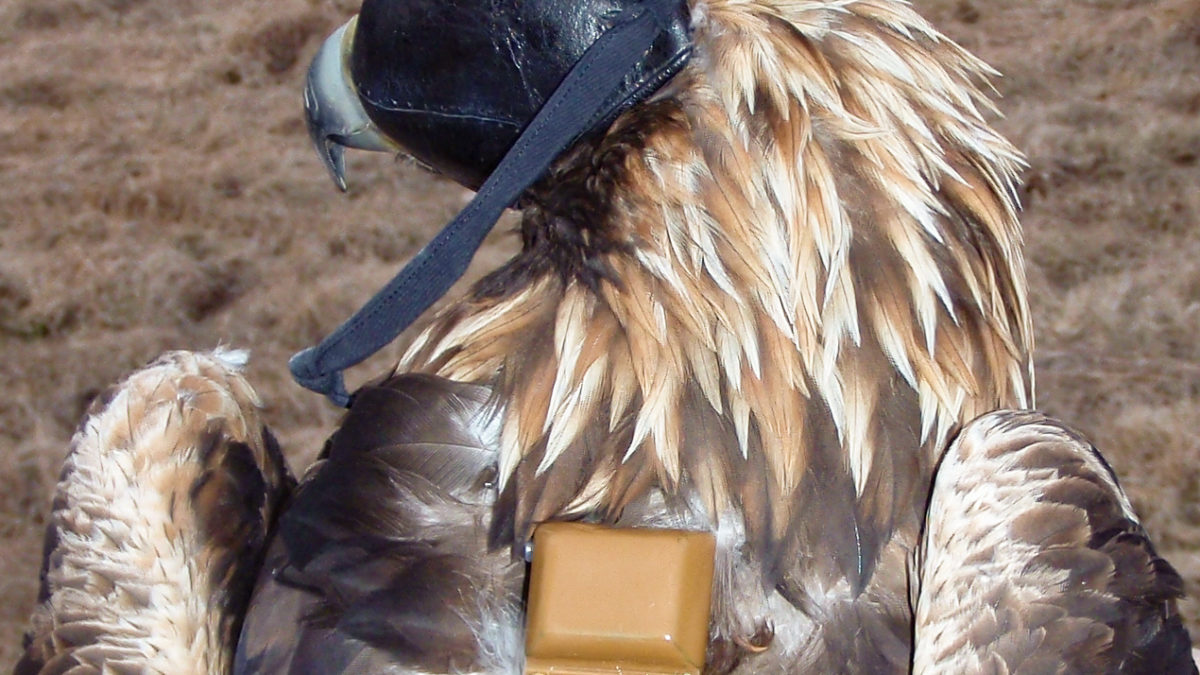Recent Literature from CCB

The A-Team Signs Off
March 23, 2021
The Devil Bird’s Sister
March 31, 2021By: Bryan Watts
3/30/2021
PEREGRINE VS RED KNOT
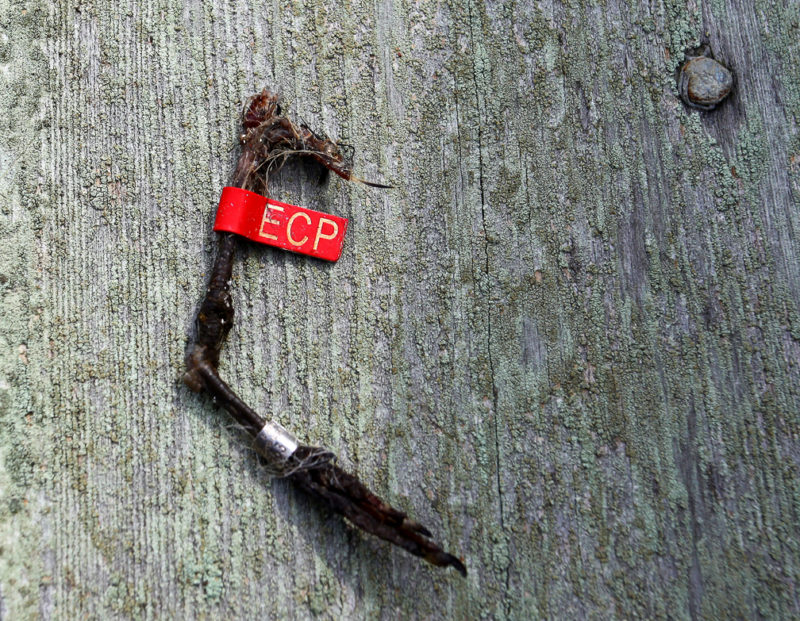
As part of the peregrine falcon restoration program we introduced peregrines from Virginia north to New Jersey within the outer Coastal Plain, a physiographic region that did not historically support them. The effort has resulted in the establishment of more than 70 breeding pairs. The region serves as a critical terminal staging area for several shorebird species including the federally threatened rufa population of red knots. Although peregrines eat staging red knots, likely their greatest impact is excluding them from important foraging sites. This paper examines the influence of falcon eyries on the distribution of staging red knots along the Virginia barrier islands. We found that the density of foraging red knots on beaches close to eyries was significantly lower than on beaches distant from eyries suggesting that the falcon population has reduced the capacity of the islands to support staging knots.
WHIMBREL NIGHT ROOSTS
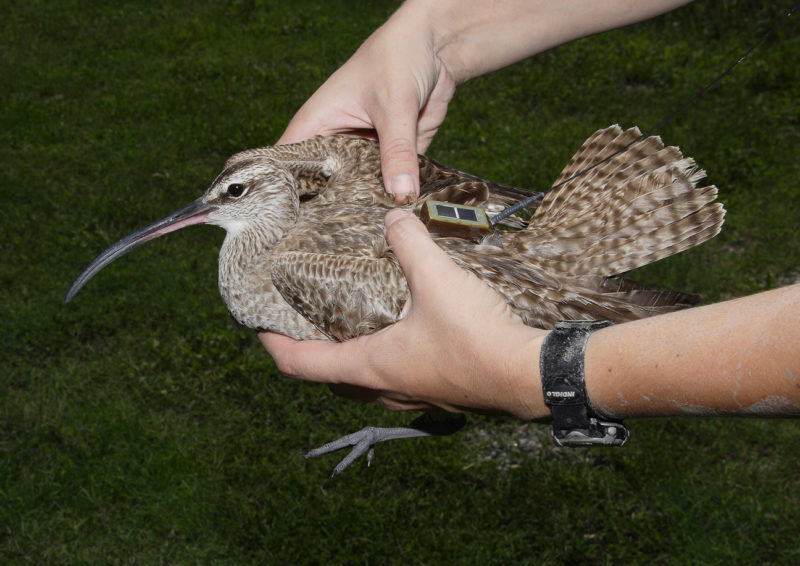
Most shorebird species depend on communal roosts within migratory staging and wintering sites. Because these roosts are often rare on the landscape they have high conservation value. Unlike diurnal or high-tide roosts, night roosts are very poorly known and tend to be more distant from foraging areas such that commuting costs may play an outsized role in energy budgets. We used night locations collected via satellite transmitters to delineate whimbrel communal roosts throughout the Western Atlantic Flyway and examined their position within the landscape. We used daytime locations to evaluate commuting costs from roosts to foraging areas and assessed their role in pre-migratory energy budgets.
BALD EAGLE HOME RANGE
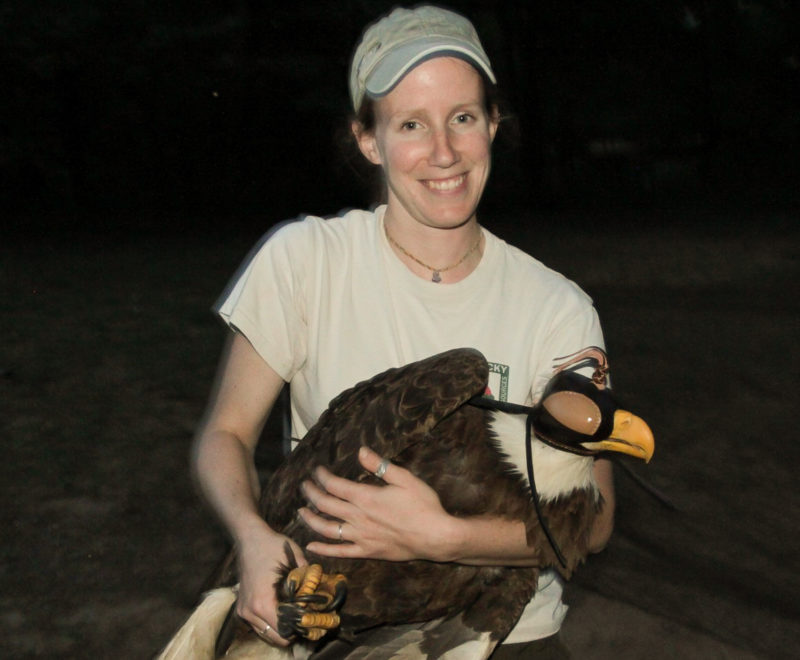
As bald eagle breeding populations across the range begin to approach saturation a class war has broken out where floaters are fighting to take over existing territories from resident adults. Virtually nothing is known about what happens to adults expelled from breeding territories. We fitted a territorial adult male with a transmitter to examine space use in Kentucky. We used tracking data to assess home range. We believe that the male was expelled from the territory by an intruder male around 17 October. The bird traveled south into Tennessee where it died on 23 October.
WASPS USURP WOODPECKER CAVITIES
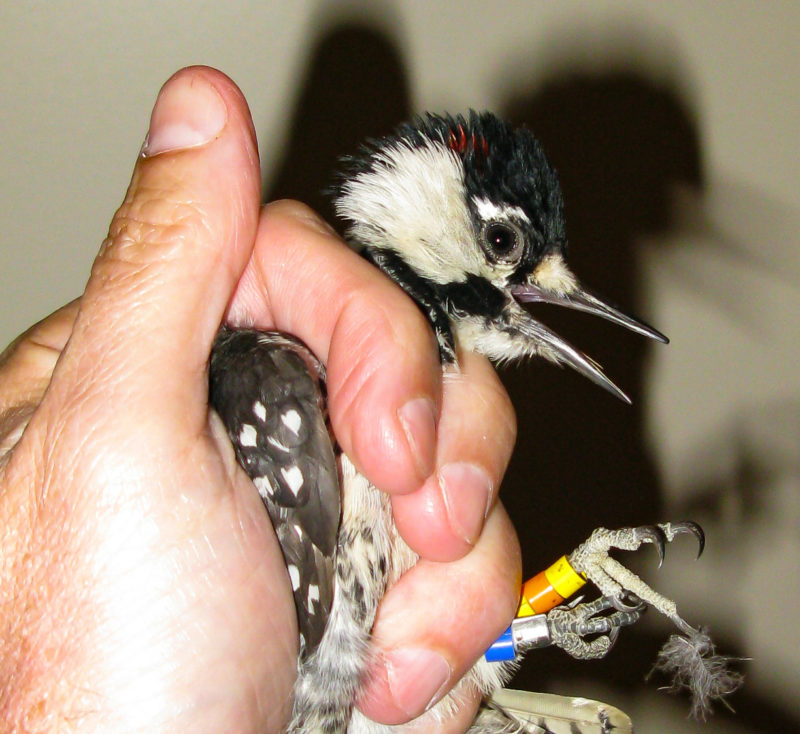
During the fall of 2018 we prepared artificial cavities within the Great Dismal Swamp, NWR to receive translocated red-cockaded woodpeckers. We used typical hardware cloth covering to exclude potential cavity competitors. On the night that we arrived to place woodpeckers into prepared cavities we discovered several cavities were filled with aggregations of wasps that had entered through the wire mesh. Such aggregations had not been described using woodpecker cavities elsewhere throughout the range. We investigated wasp use of cavities within this atypical habitat using a portable vacuum cleaner to extract aggregations. We believe that aggregations form in the late fall as large numbers of wasps seek winter hibernacula and that the large numbers reflect that habitat supported by the swamp. We recommend that translocations be conducted before temperatures drop in late fall and that graduated rubber stoppers rather wire mesh be used to exclude wasps within comparable habitats.
ANIMAL MOVEMENT WITHIN A CHANGING ARCTIC
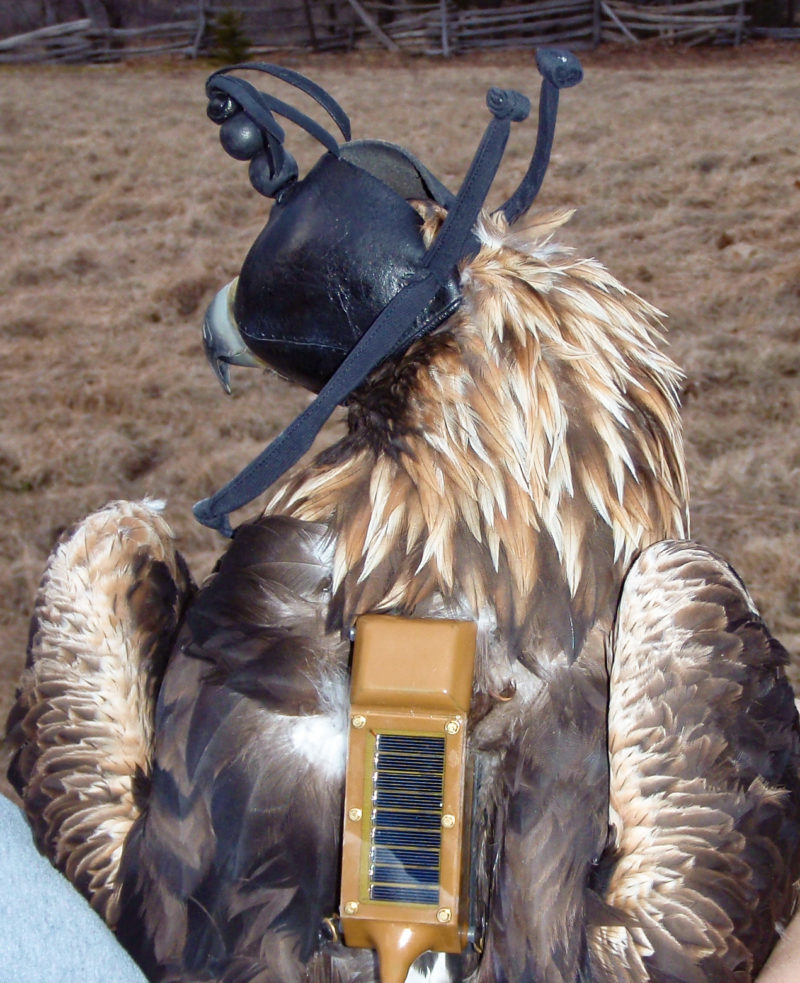
The Arctic is one of the most vulnerable regions to global warming and has entered a period of rapid change. How animal populations that depend on this remote ecosystem are adapting to change is poorly understood. Achieving an understanding of population responses is critical to future management and will require collaboration among many active research groups. The Arctic Animal Movement Archive (AAMA) is a growing collection of more than 200 standardized marine and terrestrial tracking datasets that are being brought together for the purpose of long-term, cross disciplinary investigation. CCB has committed several tracking datasets to this effort. This paper presents case studies derived from the AAMA including climatic influence on eagle migration phenology, geographic variation in response of caribou reproductive phenology to climate change and an increase in movement rates of terrestrial mammals in response to warming temperatures.
FLIGHT MODE, FORAGING HABITAT AND TIMING OF BIRD ACTIVITY
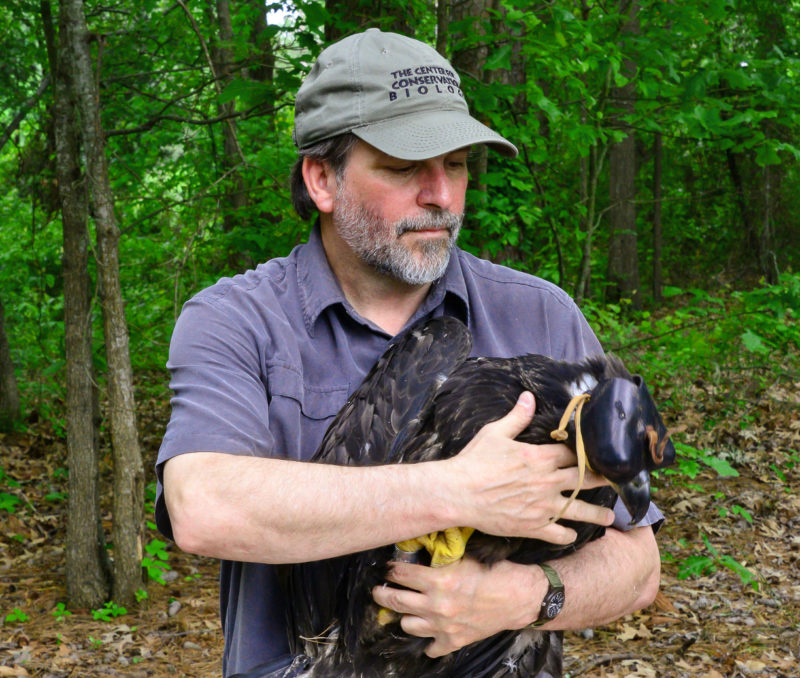
Birds are extraordinarily diverse and forms have evolved to exploit most habitats on the planet. The economic constraints of persistence have led to the evolution of a variety of flight modes, activity schedules and foraging strategies. How these exploitation strategies vary across habitats is poorly understood. This paper evaluates patterns that emerge from nearly 1,000 individuals of 49 species that were tracked for nearly 65,000 days. Clusters of strategies were found that match foraging mode with activity periods during the day and with habitat suggesting the occurrence of eco-economic constraints that shape successful strategies for exploiting available resources.
CHACO EAGLE ELECTROCUTIONS IN ARGENTINA
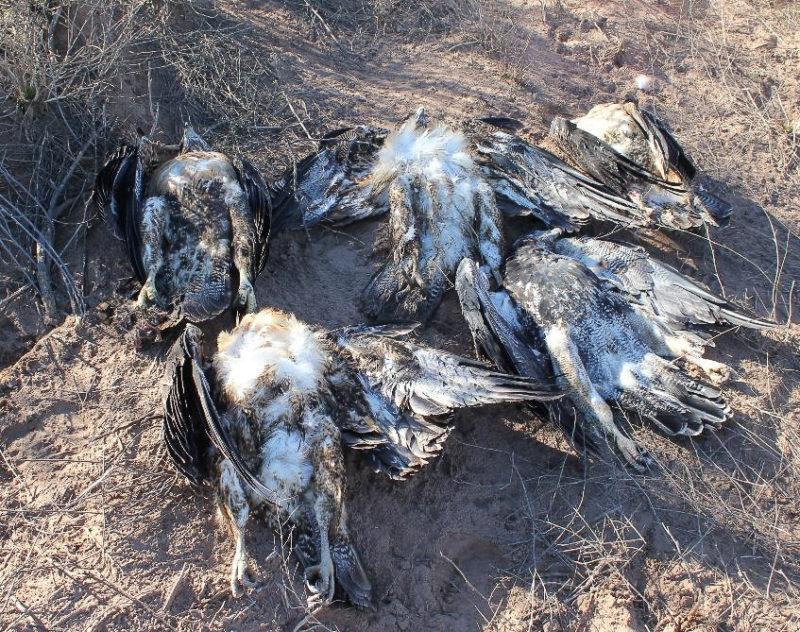
The Chaco eagle is one of the most endangered raptors in the world due to its low reproductive rate, human-caused mortality and habitat loss. Very little is known about this iconic species. We have been tracking individuals to better understand the species’ general ecology and mortality factors for several years. In addition to direct persecution by the ranching community, electrocution is emerging as one of the most significant sources of mortality. We found that the majority of electrocutions were associated with a small percentage of power poles that were made of steel-reinforced concrete that had wire jumper cables above the crossarms. Future conservation efforts should focus on retrofitting the few “problem” poles and assessing the role that electrocution plays in demographics and population stability.
RESILIENCY OF EASTERN BLACK RAILS
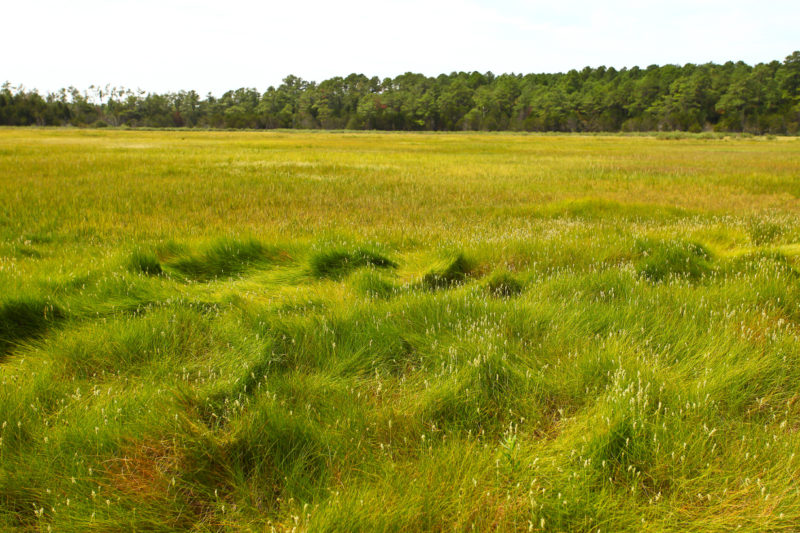
In recent years, the U.S. Fish and Wildlife Service has shifted its listing process to include a formal Species Status Assessment (SSA) intended to provide a synthesis of several factors for decision making. As part of this process for the eastern black rail, survey and monitoring data from throughout the range were aggregated to allow for a dynamic occupancy analysis. The analyses included covariates including land cover change and land management and the resulting projection model was used to evaluate a range of sea-level rise and management scenarios. Extinction probabilities were high across all geographic units highlighting the need for significant efforts to preserve existing habitat. One of the key findings that informed the listing decision was the projected low future resiliency of the population.

